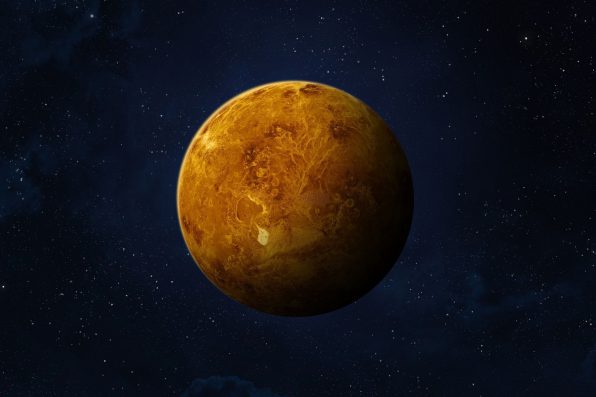Four years ago, the presence of a gas called phosphine was discovered in the clouds of Venus, suggesting the possibility of life on the planet. The finding sparked great controversy and was not confirmed by subsequent observations.
Now, the scientists who made this discovery have found further evidence of gas molecules on Venus, our closest planetary neighbor. The planet is similar in size and atmosphere to Earth, but has clouds of sulfuric acid and extreme surface temperatures that can melt lead.
Researchers in England have announced that powerful space telescopes have discovered new signs of phosphine gas in the atmosphere of Venus. A new receiver was installed on the James Clerk Maxwell telescope in Hawaii, making scientists even more confident in their findings.
Another gas, ammonia, was also identified. The observations were presented at a meeting of the Royal Astronomical Society in Hull, England.
“We’re a long way from being able to say, but if there is life on Venus that produces phosphine, we have no idea why it does so. However, if there is life on Venus that produces ammonia, we have an idea why it would want to breathe ammonia,” said Dave Clements, the project’s lead researcher.
On Earth, phosphine is a foul-smelling gas produced by decaying organic matter or bacteria. According to Clements, no other natural chemical process on Venus could have produced the gas.
Ammonia is a gas with a pungent odor that occurs naturally on earth. It is also produced mainly by bacteria at the end of the decomposition process of animal and plant waste.
Phosphine has been detected in Saturn’s atmosphere before, but this is not surprising since Saturn is a gas giant with plenty of hydrogen in its atmosphere. This means there is no shortage of hydrogen-based compounds such as phosphine and ammonia.
Planets like Earth, Venus, and Mars have atmospheres that are mostly oxygen. When these planets formed, they didn’t have enough mass to trap hydrogen, so it eventually escaped. That’s why it’s surprising that ammonia and phosphine were found on Venus.

Subscribe to Chip Chick’s newsletter and get stories like this delivered to your inbox.

